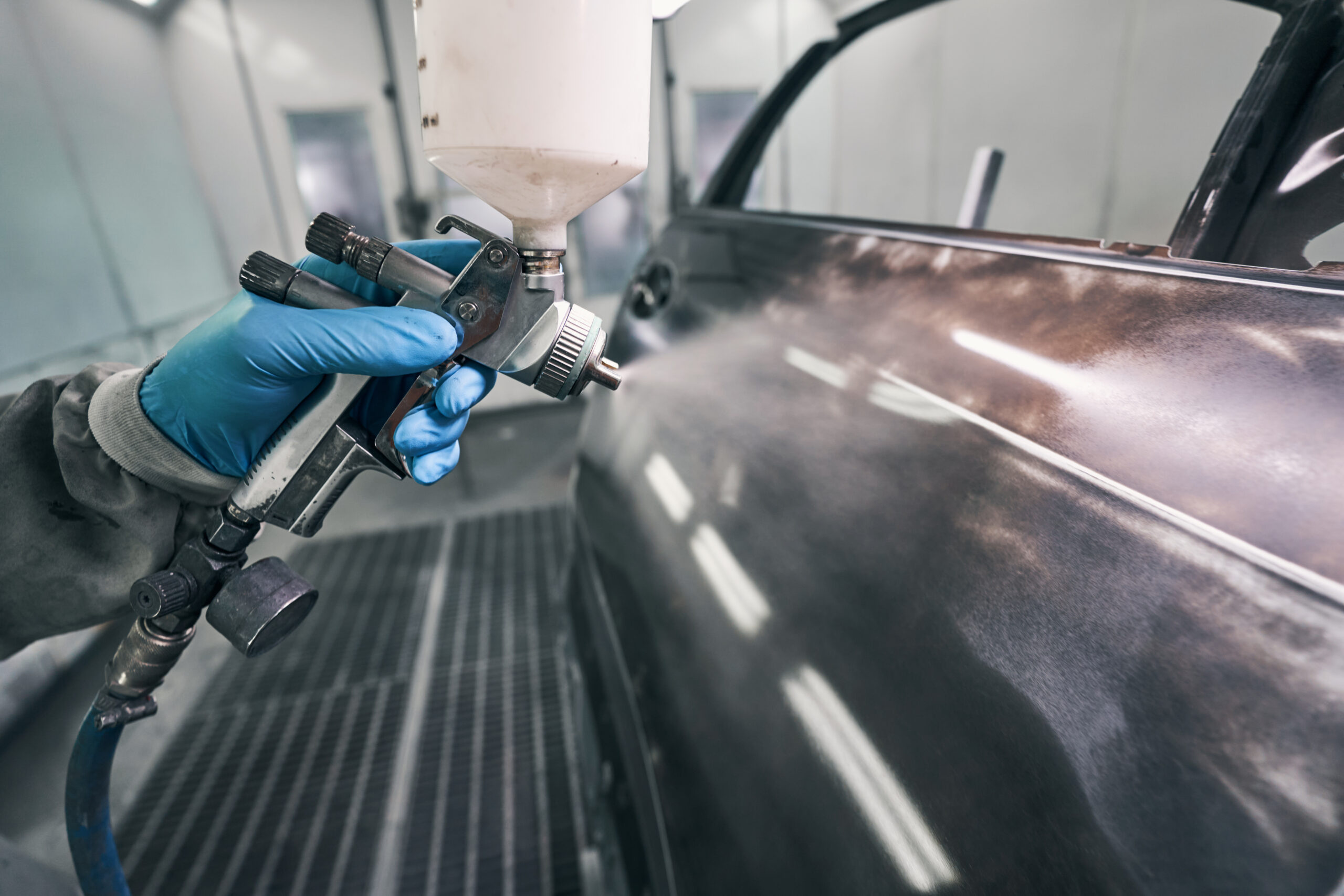It sounds like something out of science fiction: a car that repairs its scratches. Yet, in 2025, self-healing car paint is no longer a distant concept. High-end manufacturers like Lamborghini and Lexus are rolling out this feature on their latest models. Meanwhile, more mainstream brands such as Nissan and Toyota are integrating it into select trims. The promise? A minor scuff or light scratch will disappear within hours—sometimes even minutes—without intervention. But as more of these vehicles hit UK roads, the question remains: Does self-healing paintwork exist, and what does it mean for the body shops expected to repair it?
When Nissan introduced this technology on the Murano SUV over a decade ago, it was seen as a novelty. The paint contained polymer-based microcapsules that would break open when scratched, releasing a solution that could “fill in” surface damage. Over time, brands like Mercedes-Benz and Infiniti dabbled with similar coatings, but the technology never quite took off—until now. For example, the 2025 Lexus RX 500h boasts an advanced self-healing clear coat, claiming it can erase scratches in under an hour when exposed to sunlight.
Yet despite the marketing spin, many in the UK accident repair industry remain sceptical. After all, a scratch is one thing—a crash is another.
The Chemistry vs. Reality
A specialised polymer-based clear coat designed to react to heat, UV light, or even pressure is at the heart of self-healing paint. Under ideal conditions, minor swirl marks or key scratches should “heal” themselves, reducing the need for frequent detailing. But when these coatings encounter real-world damage—deep scratches, chips, or impact-related abrasions—their limitations become obvious.
“I’ve seen it work on showroom cars,” says James Holloway, a master technician at a leading accident repair centre in London. “A light scratch in the clear coat will start to fade after an hour in the sun, but if you drag a key across the bonnet, forget it. And if there’s a dent underneath? The paint’s healing ability is irrelevant.”
Even under ideal conditions, self-healing technology isn’t a permanent fix. The polymer structure can only “repair” itself so many times before its integrity weakens, leading to dull spots and inconsistencies over time. Worse, certain self-healing paints react poorly to traditional refinishing methods. “We had a 2025 Lexus RX come in last month,” Holloway continues, “and when we tried to blend the new paint into the existing self-healing finish, it didn’t cure the same way. The customer wasn’t happy, and honestly, neither were we.”
What It Means for UK Bodyshops
For body shops, self-healing paint presents a double-edged sword. On one hand, if the technology genuinely reduces minor cosmetic repairs, it could mean fewer customers for scratch touch-ups and polishing services. On the other hand, when a self-healing car does need repainting, the job becomes far more complex.
Many of these coatings require specific heat-curing processes to function correctly, meaning that repair shops may need to invest in specialised UV or infrared curing lamps to match factory finishes. Additionally, paint-matching becomes trickier. The polymers in self-healing coatings can cause subtle shifts in colour over time, meaning a newly painted panel may not blend seamlessly with the rest of the car.
For UK insurers, this is also a developing issue. Many repair estimates are based on conventional refinishing techniques, but costs could rise if self-healing coatings require longer curing times, specialised materials, or manufacturer-specific repair procedures. Some insurance companies are quietly adjusting their pricing models, anticipating that these futuristic paints may increase repair complexity rather than reduce it.
Innovation vs. Practicality
The allure of self-healing paint is undeniable—who wouldn’t want a car that fixes its imperfections? But in a country like the UK, where stone chips from motorways, car park scrapes, and winter road grit are unavoidable, the technology feels more like a nice-to-have than a game-changer.
For body shops, the real challenge isn’t just whether self-healing paint works—it’s how to repair it properly when it doesn’t. With more 2025 models featuring these coatings, the industry may soon find itself at a crossroads: adapt to the latest factory finishes or risk losing business to those who do.




